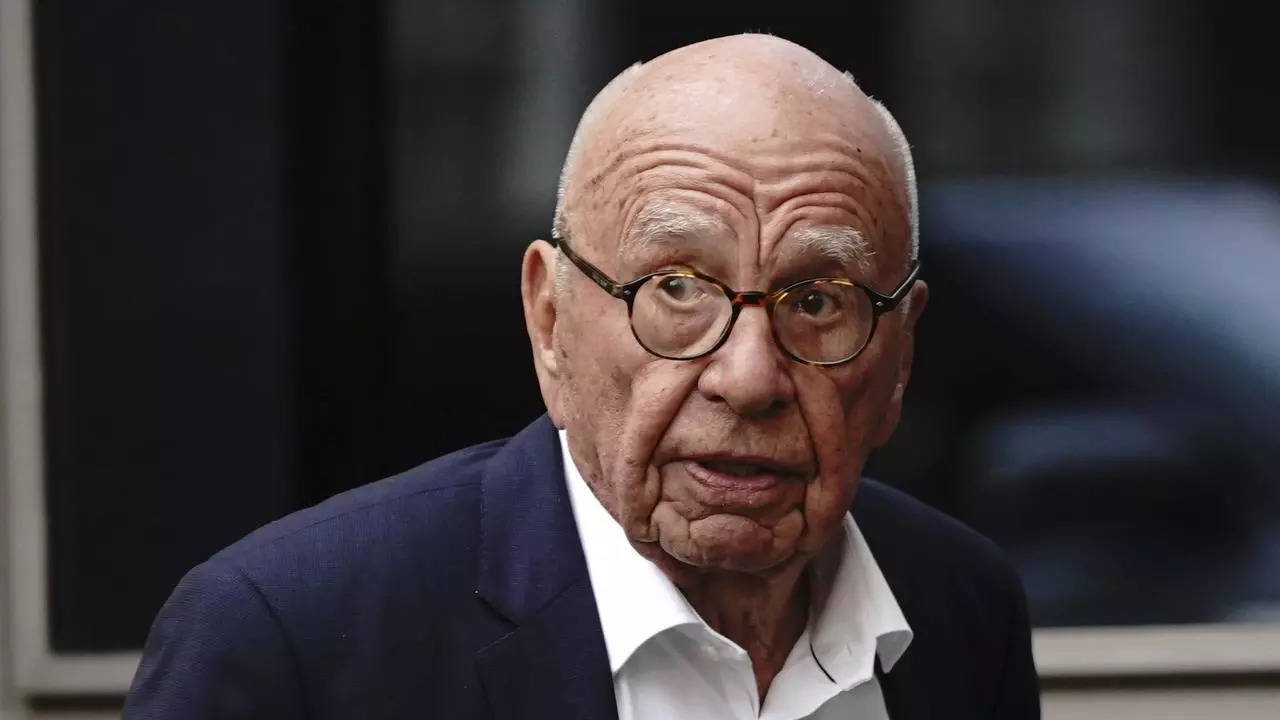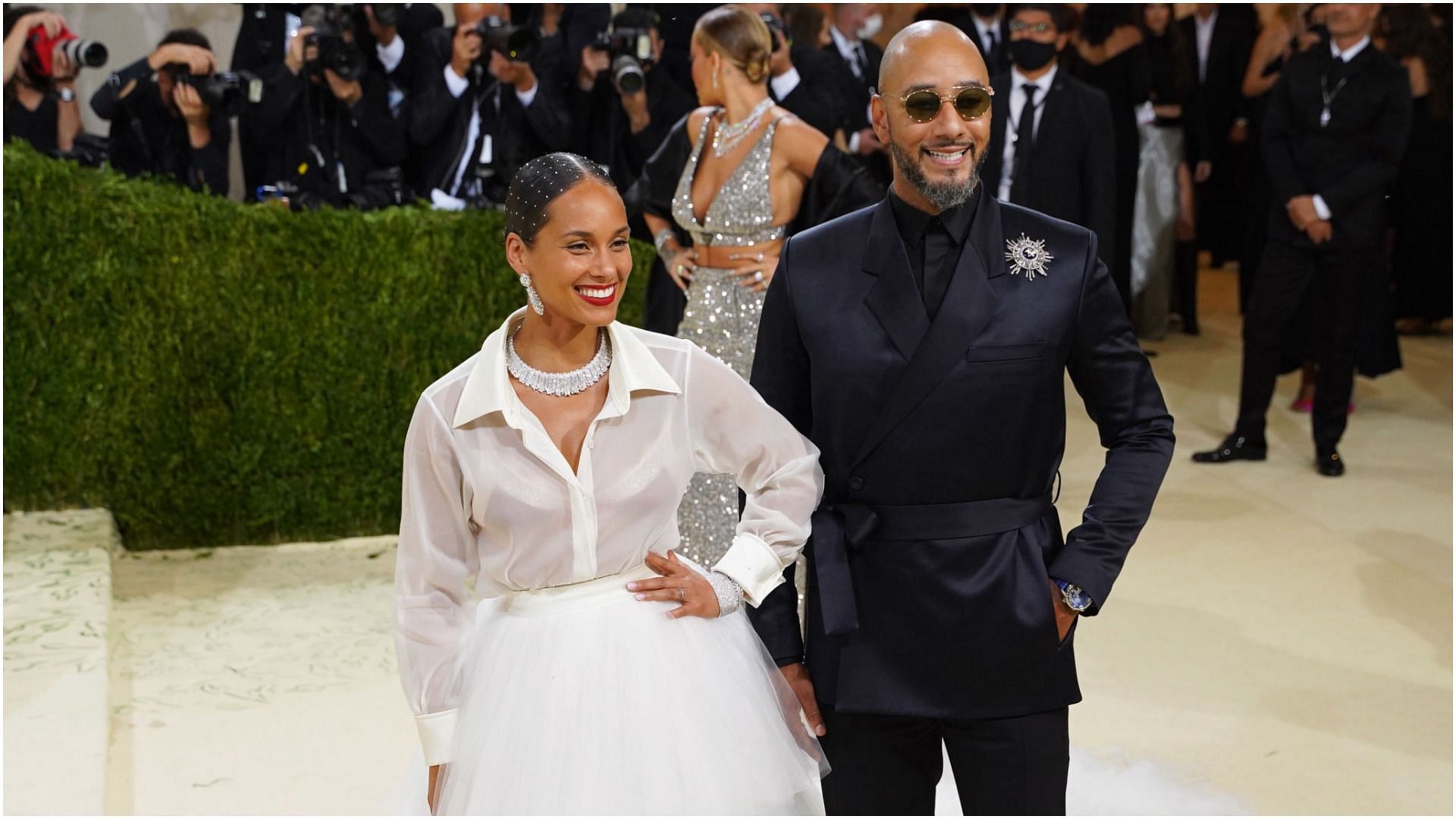Quincy Jones, an iconic figure in the music industry, amassed a net worth of $500 million before his passing on November 3, 2024, at the age of 91. With a career spanning over six decades, he left an indelible mark on music, film, and television. From working with legends like Michael Jackson and Frank Sinatra to producing blockbuster albums, his influence reshaped the entertainment industry. Let’s take a closer look at his life, achievements, and legacy.
Who Was Quincy Jones?
Quincy Delight Jones Jr. was born on March 14, 1933, in Chicago, Illinois. Raised in a musically inclined environment, he discovered his passion for music at an early age. His musical journey began in Seattle, where he learned to play the trumpet and later made connections with jazz legends, including Ray Charles. This early exposure paved the way for his groundbreaking career in music production, composition, and arranging.
How Did Quincy Jones Start His Career?
Jones enrolled at Berklee College of Music in Boston but left early to pursue a professional career. Moving to New York, he quickly gained recognition as a talented arranger and trumpeter. One of his first major gigs was playing in a band that supported Elvis Presley’s televised performances in 1956. His expertise as an arranger led him to work with top artists like Sarah Vaughan and Ray Charles.
In 1961, Jones made history as the first African American vice president at Mercury Records. During this time, he also ventured into film scoring, composing music for major motion pictures like The Pawnbroker and The Italian Job. His ability to blend jazz, classical, and pop elements set him apart as an innovative composer.
What Was Quincy Jones’ Role in Michael Jackson’s Success?
One of the most defining collaborations of Quincy Jones’ career was with Michael Jackson. Their partnership began in 1978 on the set of The Wiz, where Jones served as musical director. Recognizing Jackson’s potential, Jones agreed to produce his first solo album as an adult, Off the Wall (1979), which sold over 20 million copies worldwide.
Their next collaboration, Thriller (1982), became the best-selling album of all time, selling an estimated 70 million copies globally. The album featured iconic hits like “Billie Jean,” “Beat It,” and “Thriller.” Jones’ sophisticated production style played a pivotal role in shaping Jackson’s sound. Their final album together, Bad (1987), further cemented Jackson’s dominance in the music industry, selling over 35 million copies.
Jones’ production work with Jackson alone contributed to more than 150 million records sold, making their partnership one of the most successful in history.
What Other Artists Did Quincy Jones Work With?
Beyond Michael Jackson, Quincy Jones collaborated with numerous legendary artists. He worked extensively with Frank Sinatra, arranging and producing albums like Sinatra at the Sands (1966). He also helped launch the careers of artists like Lesley Gore and collaborated with jazz greats such as Miles Davis and Duke Ellington.
Jones played a significant role in the 1985 charity single We Are the World, which raised millions for African famine relief. His ability to blend genres and create timeless music made him a sought-after producer for artists across different generations.
How Did Quincy Jones Influence Film and Television?
Jones’ impact extended beyond music. He became a film producer and was involved in major Hollywood projects. He produced The Color Purple (1985), which earned 11 Academy Award nominations. His television production company played a crucial role in launching The Fresh Prince of Bel-Air, which helped establish Will Smith’s acting career.
Jones also composed theme songs for popular TV shows, including The Bill Cosby Show, Roots, and Mad TV. His contributions to film and television earned him critical acclaim and numerous awards.
What Were Quincy Jones’ Major Achievements?
Jones’ career was decorated with numerous accolades. He won 28 Grammy Awards and received a Grammy Legend Award. His influence in music was further recognized with Kennedy Center Honors and the National Medal of Arts. Jones was also inducted into the Rock and Roll Hall of Fame, cementing his legacy as one of the most important figures in modern music.
What Was Quincy Jones’ Personal Life Like?
Jones was married three times and had several children, including actress Rashida Jones. He faced personal struggles, including a brain aneurysm in 1974, which forced him to slow down and focus more on his family. He also overcame early struggles with drug use, quitting heroin after a near-fatal incident as a teenager.
Despite his demanding career, Jones maintained strong family ties and was deeply involved in mentoring young artists. He also authored an autobiography, Q: The Autobiography of Quincy Jones, in 2001, sharing insights into his remarkable journey.
What Were Quincy Jones’ Real Estate Investments?
Jones had an impressive real estate portfolio. In 1986, he purchased a Bel-Air mansion for $3 million (equivalent to $7 million today). He later built a sprawling 25,000-square-foot compound in the same area, which is now valued at over $25 million. His strategic investments in real estate complemented his financial success in music and film.
How Did Quincy Jones Pass Away?
Quincy Jones passed away on November 3, 2024, at the age of 91. His death marked the end of an era, but his influence on music, film, and culture remains timeless. He leaves behind a legacy that continues to inspire musicians, producers, and entertainers worldwide.
What Is Quincy Jones’ Lasting Legacy?
Quincy Jones’ contributions to music and entertainment are unparalleled. His ability to blend genres, mentor rising stars, and break racial barriers in the industry set new standards for excellence. His work with Michael Jackson alone changed the course of pop music, while his ventures in film and television further solidified his impact.




